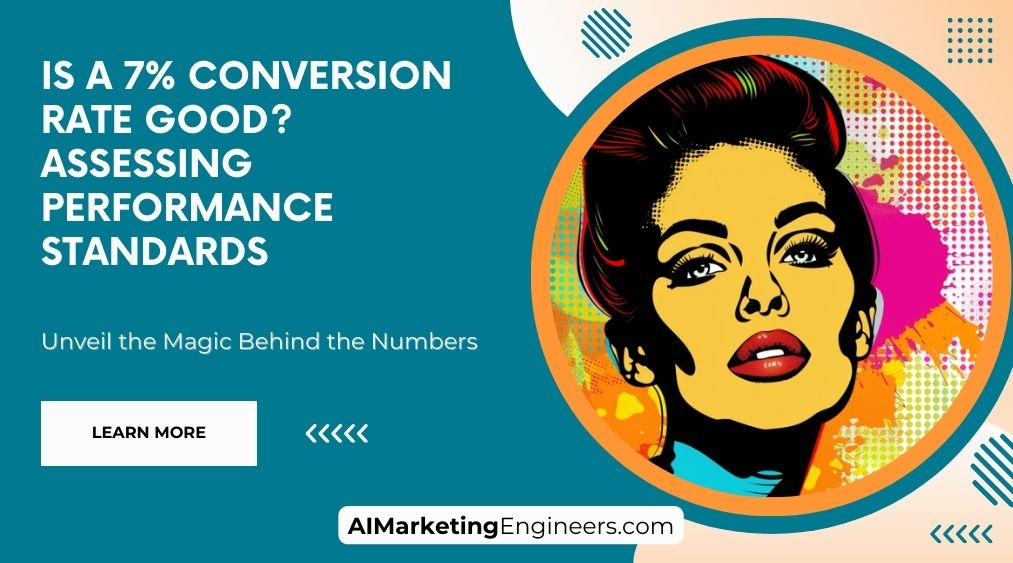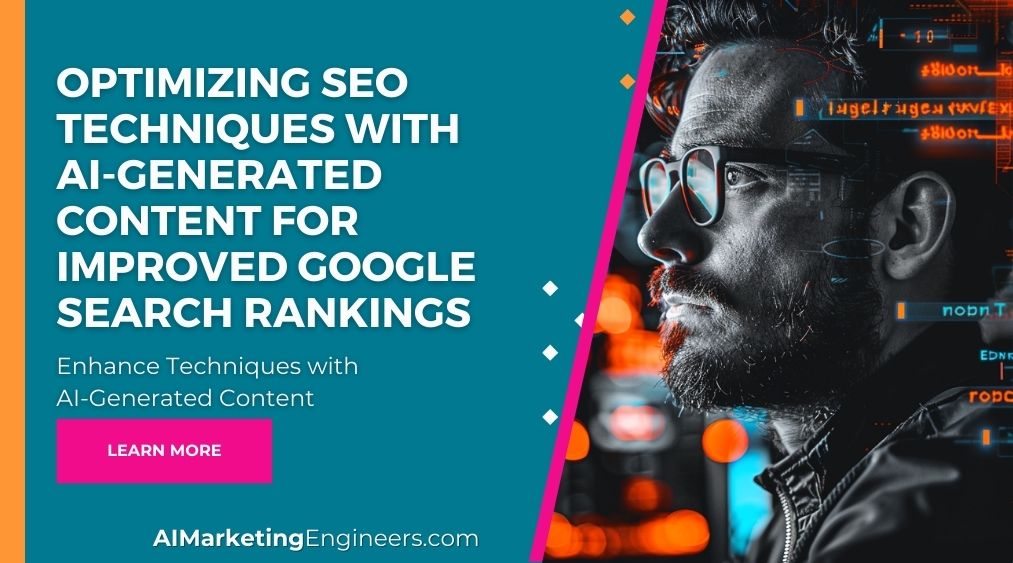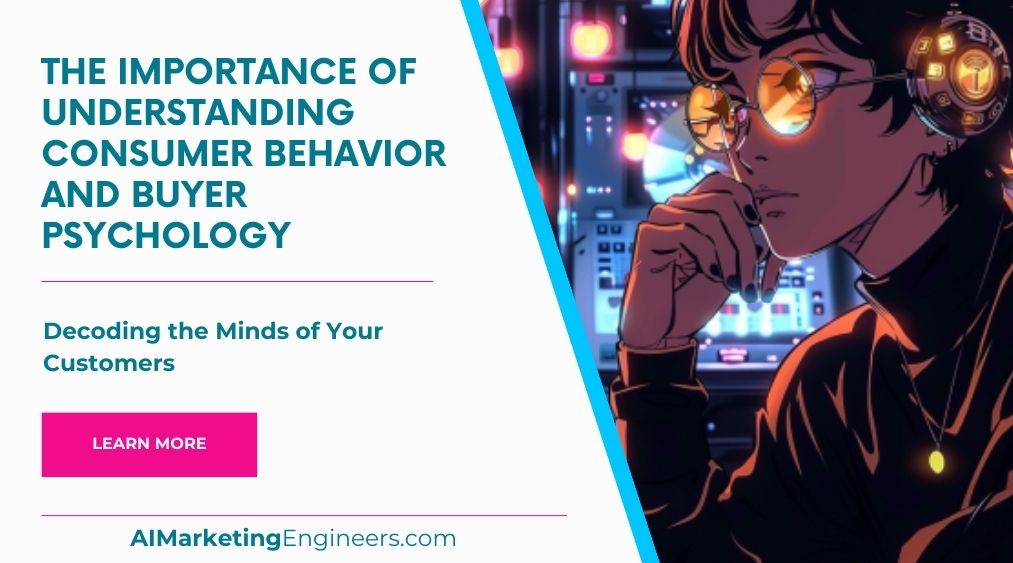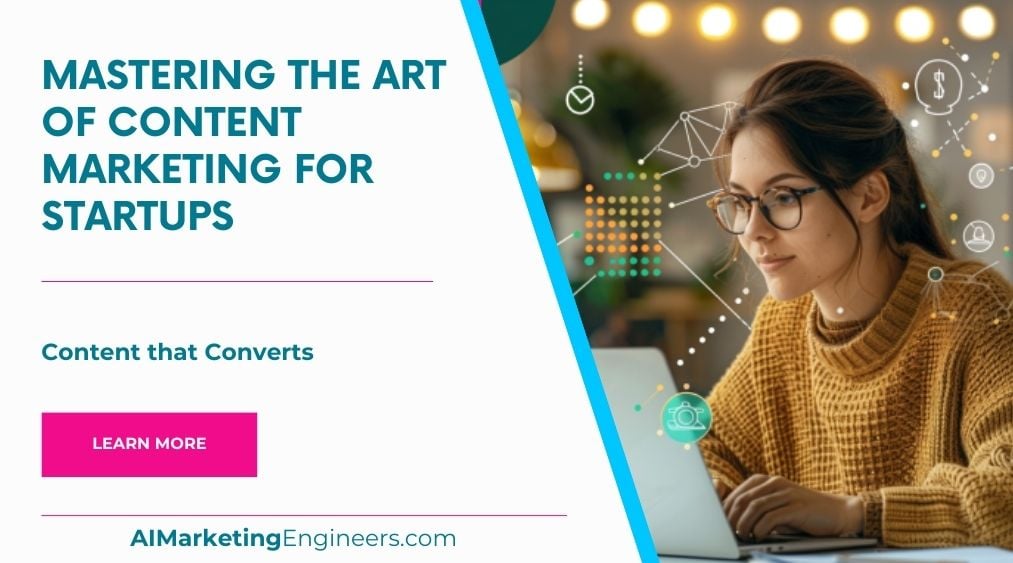Key Takeaways
✅ Establish Clear Goals and Hypotheses: Before diving into A/B testing, define what success looks like. Aim for measurable goals and craft solid hypotheses around potential improvements. Surprisingly, research shows that using this structured approach can increase your chance of a successful test by up to 300%!
✅ Test One Variable at a Time: Keep it simple when testing. Touch only one variable, maybe it's the color of a button or the phrasing of a call-to-action, to truly understand its impact on user behavior. Studies indicate that sequential testing can improve the accuracy of your results, thus directly affecting your conversion rate.
✅ Analyze and Act on Results: After conducting your A/B test, dive deep into the data. Pick the winning side, and don't be afraid to roll out changes. Continuous optimization is key, with some case studies showing up to a 50% increase in conversion rates post-analysis.
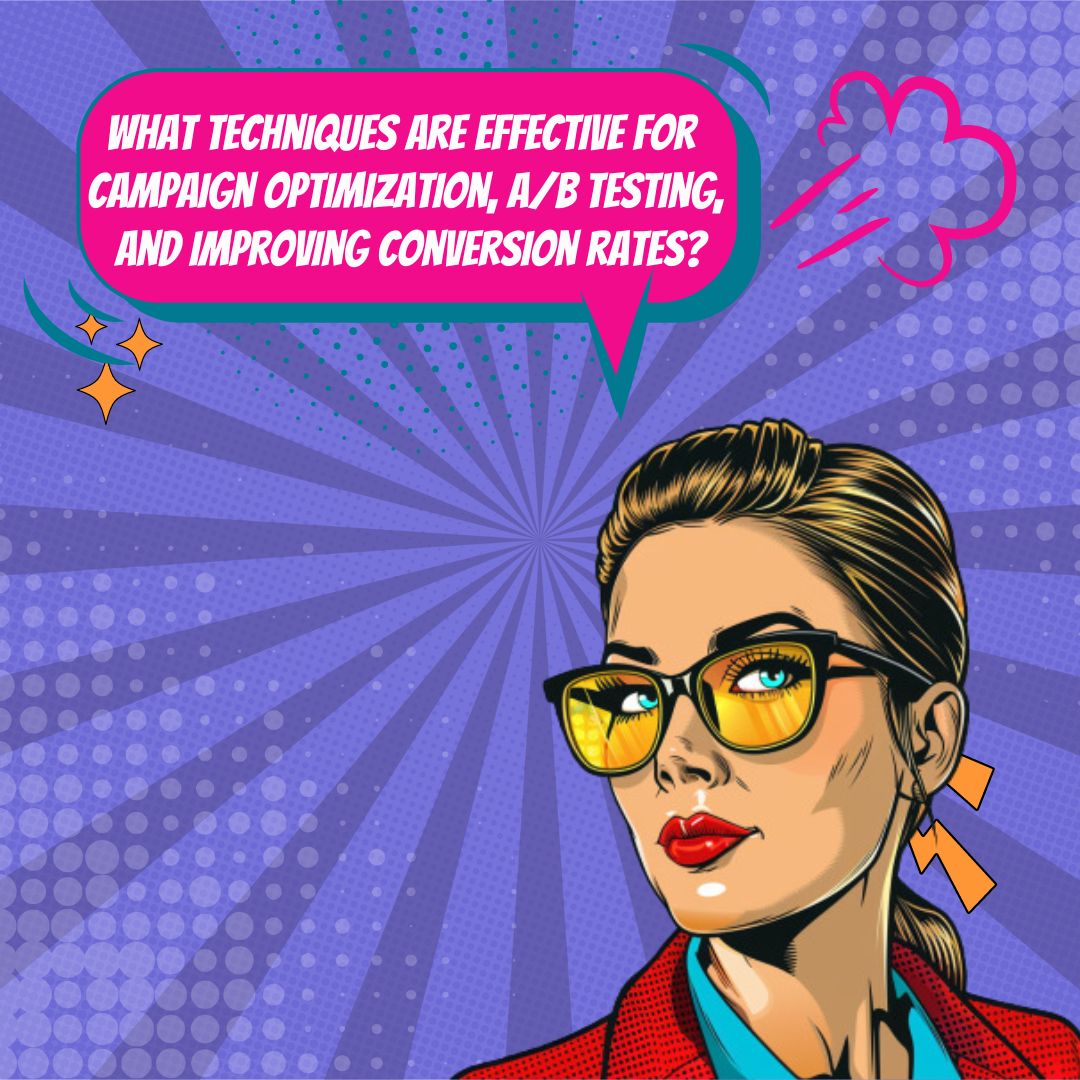
Introduction
Are you leaving money on the table by not fully optimizing your campaigns? In today's competitive digital landscape, every click and conversion counts. Knowing which techniques are effective for campaign optimization and A/B testing isn't just helpful—it's necessary.
By the end of this read, you'll know the ins and outs, dos and don'ts, and secrets to maximizing your campaigns. Expect to walk away with a toolkit of insights and strategies that could very well transform how you approach your digital marketing efforts. Stay tuned, because things are about to get interesting.
Top Statistics
| Statistic | Insight |
|---|---|
| A/B Testing Adoption: 71% of marketers find A/B testing to be their most effective optimization tactic. (Source: Econsultancy, 2020) | The majority of marketers rely on A/B testing as a critical strategy for understanding customer preferences and boosting campaign performance. |
| Impact on Revenue: 58% of marketers report a significant impact on their revenue due to A/B testing. (Source: Optimizely, 2019) | A/B testing goes beyond just tweaking campaign elements; it's about making meaningful changes that directly contribute to the bottom line. |
| Conversion Rate Optimization: Personalized calls-to-action (CTAs) can enhance conversion rates by 202%. (Source: HubSpot, 2020) | Personalization proves to be a game-changer, radically increasing the likelihood that prospective customers will take the desired action. |
| User Experience Expectations: 47% of consumers expect a webpage to load in 2 seconds or less. (Source: Portent, 2021) | A slow-loading website can be a major turn-off; companies need to prioritize speedy web performance to keep visitors engaged and drive conversions. |
| Future of Personalization: By 2023, 70% of organizations will use AI for marketing personalization and A/B testing. (Source: Gartner, 2020) | Artificial Intelligence is set to revolutionize campaign optimization, offering smarter insights and automating the personalization process to reach customers more effectively. |
Understanding A/B Testing
Have you ever wondered how a simple color change on a button can improve sales? A/B testing, often called split testing, is essentially a way to compare two versions of something to see which one performs better. Picture it as a race between two horses, where the faster horse is the change that brings in more customers, or achieves whatever goal you're after. The purpose of A/B testing is to take the guesswork out of website optimization and make data-backed decisions. Experimentation is at the core of this: without trying new things, businesses would never know if they could be performing better.
Setting Clear Goals and Hypotheses
Planning is everything. To get the most out of A/B testing, you must pinpoint your key performance indicators (KPIs)—these are the metrics that will tell you if your test was successful. But remember, a good scientist always starts with a hypothesis. So, ask yourself, what change do you think will improve your KPIs? Every test should have a goal that can be measured and is tied to your overall business objectives. Whether it's increasing email signups, sales, or clicks on a call-to-action, setting clear goals means you'll know exactly when to pop the champagne.
Choosing the Right Elements to Test
In the grand scheme of things, not all elements on your website hold the same weight. To strike gold, you need to focus on areas with the potential for major impact: your headlines, call-to-action buttons, and images are often prime candidates. The golden rule? Change one thing at a time. This way, you can be sure that any increase in performance is due to the change you made. And don't forget to use your user feedback and analytics data to guide your choices. After all, your audience can be the best compass for navigating the vast sea of optimization.
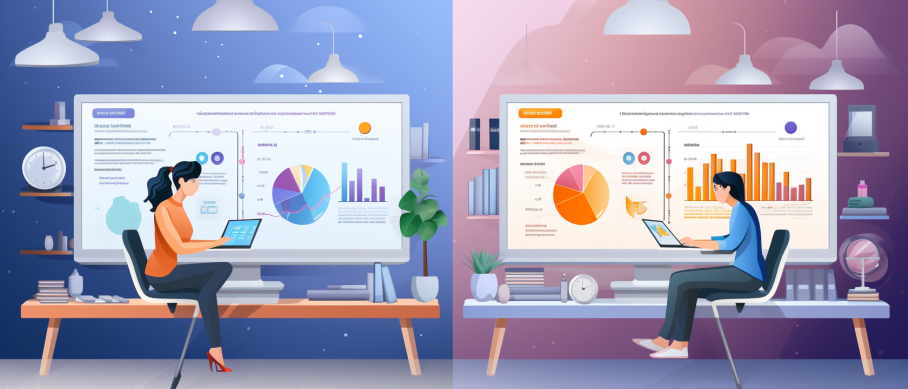
Sample Size and Statistical Significance
How many people need to see your test before you can trust the results? That's where sample size comes into the picture. Too small, and you might be deceived by a fluke. Too big, and you might be waiting until the cows come home for results. To understand the reliability of your results, get familiar with statistical significance and confidence levels—these are the guardrails for making sure the improvements are real and not just a roll of the dice. Happily, there are plenty of tools out there to help you crunch the numbers and figure out just how many visitors you need.
Running the A/B Test
Once everything's lined up—your goals, hypothesis, and the element to test—it's time to take the plunge and run the A/B test. This involves setting up two versions of your website: one with the change (B) and one without (A). Then, traffic is divided between these two versions. Monitoring how each performs is crucial, and that's where those KPIs you set earlier come into play. Ensure that the test is fair—no sneaky business, like showing all the new visitors the new version. This will give you the honest results you need.
Analyzing Results and Implementing Changes
After the race is run, it's time to see who won. If version B outperforms A, congratulations—you've got a winning variation! But don't just throw version A out the window yet. Take a close look at how B impacted your conversion rates. Sometimes, even the winning version can be improved further. Once the confetti settles, implement the winning version and get ready to start the process all over again with a new test. It's all about climbing higher and higher on the optimization ladder.
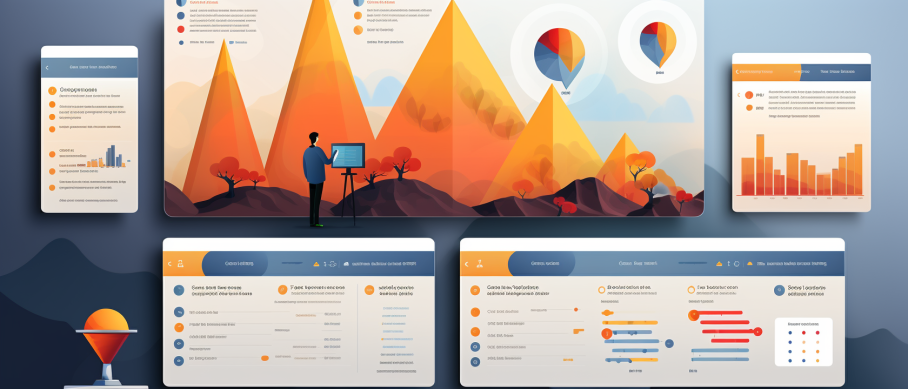
Continuous Testing and Optimization
The journey of improving your website is never-ending. Each successful A/B test is a stepping stone to even better results. It's essential to adopt a mindset of continuous testing and optimization, turning it into your business's way of life. Every fresh test builds on the last, creating a snowball effect of enhancements. Over time, this practice of learning and evolving can lead to dramatically better campaign performance, which of course, is the sweet spot every business is aiming for.
AI Marketing Engineers Recommendation
Recommendation 1: Utilize Smart Segmentation in A/B Testing: Implement A/B testing across different customer segments, as one size rarely fits all. For instance, the way younger audiences react to a call-to-action (CTA) can differ greatly from the response of older demographics. According to a 2020 Campaign Monitor report, emails with personalized subject lines generate 50% higher open rates. Tailor your A/B tests for segments based on demographics, behavior, or purchase history to hone your campaigns for the highest conversion rates. These tests can lead to actionable insights allowing for targeted optimization strategies that can elevate the overall effectiveness of your marketing initiatives.
Recommendation 2: Prioritize Mobile Optimization to Improve Conversion Rates: In light of the fact that over 50% of web traffic comes from mobile devices (Statista, 2022), strategize your A/B tests for mobile users. This includes testing page loading times, ease of navigation, and clarity of content on smaller screens. For instance, Google's mobile-first indexing means that Google predominantly uses the mobile version of the content for indexing and ranking, which underscores the importance of a mobile-optimized experience. Enhance your mobile interfaces and ensure that A/B testing takes into account various screen sizes and operating systems, as this can significantly uplift your conversion rates.
Recommendation 3: Leverage AI-Powered Analytics Tools for Real-Time Optimization: Adopt AI-powered analytics tools such as Google Optimize or Optimizely to gain real-time insights into your A/B testing campaigns. These tools not only automate the process of data collection and analysis—they can also predict and implement campaign adjustments for optimal performance. With the ability to test multiple variations simultaneously and analyze user interactions, AI-enhanced tools can offer unprecedented levels of accuracy in understanding customer preferences and behavior. This technological edge can be the difference between a decent conversion rate and one that exceeds all expectations, as these tools can surface nuanced patterns that might be missed through traditional analysis.

Relevant Links
- Maximize Your Campaigns: Essential AI Marketing Tools for 2024
- Google Ads Masterclass: Advanced Strategies for Success
- Unleashing Creativity with AI: The Future of Content Generation
- Navigating SEO in 2024: Is It Still Relevant?
- Performance Marketing Simplified: The Beginner's Guide to ROAS
Conclusion
In the intricate dance of digital marketing, two partners stand out: A/B testing and conversion rate optimization (CRO). These techniques are not just buzzwords thrown around in marketing meetings; they're the backbone of a successful campaign that resonates with audiences and achieves business goals. A/B testing acts as a powerful flashlight in the murky world of consumer behavior, illuminating the path to what truly engages and converts. By setting clear objectives, being meticulous about what elements to test, and understanding the math behind sample sizes and statistical significance, marketers can make decisions driven by data, not guesswork.
The pivotal point of campaign optimization lies in continuous learning and improvement. Campaign success doesn't happen overnight, and neither does mastery of A/B testing. It's a process—a cycle of hypothesizing, testing, analyzing, and refining. Think of it as a garden; you plant many seeds (ideas), water and nurture them (test and optimize), and eventually, you harvest the fruits of your labor (higher conversion rates).
So what's your take? Have you identified which buttons to push and levers to pull to make your campaigns flourish? Are your goals sharp enough to lead your business towards growth? The dance floor is open, and it's time to take these techniques for a spin. Remember, each step in A/B testing and CRO is an opportunity to learn more about your audience and inch closer to optimizing your campaigns for success. Now, off you go – test, learn, and convert!

FAQs
Question 1: What is A/B testing in the context of marketing?
Answer: A/B testing is when you pit two different versions of a webpage, ad, or email against each other to see which one your audience likes better. It's like a race between two ideas to see which one gets more people to click, buy, or sign up.
Question 2: Why is A/B testing important for my marketing efforts?
Answer: It's important because it helps you stop guessing about what works. Instead of throwing spaghetti at the wall and seeing what sticks, you can use real data to make decisions that will get you more sales or sign-ups.
Question 3: What stuff can I test with A/B testing?
Answer: Think about what you see on a website or ad – the headline, the pictures, what the buttons say, and even what colors you're using. All that stuff can be tested to see what makes people want to click more.
Question 4: How many people need to take my A/B test for it to mean something?
Answer: You're going to want at least a group of 1,000 people checking out each version to start seeing patterns that make sense. It's like making sure you have enough votes to call a winner in a contest.
Question 5: How long should I let my A/B test run?
Answer: Keep that test going until you're 95% sure that one version is doing better than the other. You want to be really sure before you make any big decisions.
Question 6: How do I figure out what my A/B test is telling me?
Answer: Grab a calculator or a tool that can help you understand numbers and look for a clear winner. If one version is bringing in more customers than the other, you've probably found your answer.
Question 7: What's the difference between multivariate and A/B testing?
Answer: Multivariate testing is when you mix and match different parts all at once to see the best combination. It's more complicated than A/B testing because you're changing several things at the same time, not just one.
Question 8: How do I use what I learn from A/B testing to get better results?
Answer: Use what the test tells you to keep making your marketing stuff better. If something is working, do more of that. If it's not, try something else. Keep tweaking and testing.
Question 9: What should I always do when I'm A/B testing?
Answer: Keep it simple: test one thing at a time, make sure your changes are big enough to notice, and use tools that give you clear answers. Make sure you're doing the test fairly, too.
Question 10: What mistakes should I avoid in A/B testing?
Answer: Don't get too carried away and change too many things at once. Also, don't stop too early, or you might make the wrong call. And make sure you let the test do its thing without messing with it while it's still running.
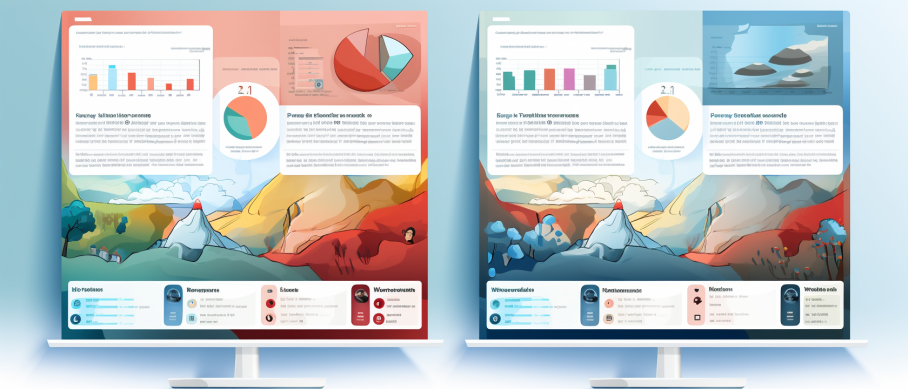
Academic References
- Siroker, D., & Koomen, P. (2013). A/B Testing: The Most Powerful Way to Turn Clicks into Customers. John Wiley & Sons. This book offers an in-depth exploration of A/B testing tactics, endorsing the impact of data-led decisions and the necessity of ongoing experiments. The significance of audience segmentation and the testing of various iterations to polish conversion rates are well-articulated.
- Kohavi, R., & Longbotham, R. (2017). A/B Testing: A Simple Yet Powerful Tool for Web-Based Experiments. In Proceedings of the 23rd ACM SIGKDD International Conference on Knowledge Discovery and Data Mining (pp. 1318-1326). ACM. This paper underscores the virtues of utilizing A/B testing for online experiments and accentuates the crucial role of statistical significance and the structure of the experimentation process.
- Sauro, J., & Lewis, J. (2016). Optimizing the User Experience: A Practical Guide to Enhancing the User Experience. Morgan Kaufmann. The authors delve into diverse methods for conversion rate optimization, including A/B testing among others. They focus on the imperative of grasping user behavior and preferences in order to fine-tune conversion rates.
- Liu, J., & Liu, Y. (2018). The Effectiveness of A/B Testing in Online Marketing: A Comprehensive Review. Journal of Interactive Marketing, 44, 1-19. In their comprehensive review, the authors evaluate the success factors of A/B testing in the ambit of online marketing. They assess elements such as sample size, test duration, and metric selection, offering guidance for enhancing A/B testing practices.


